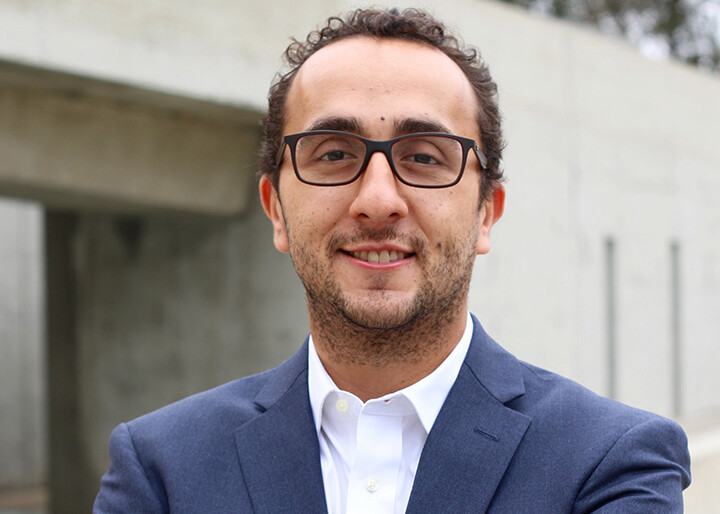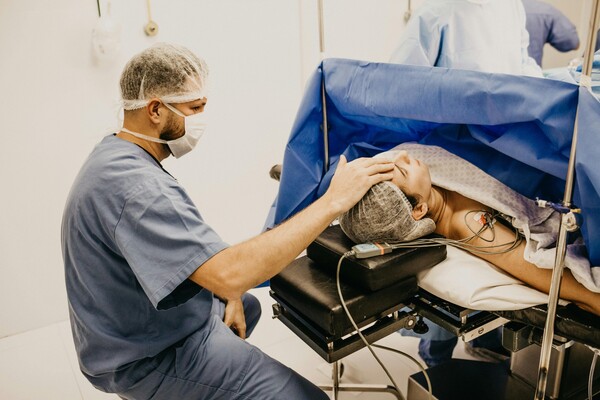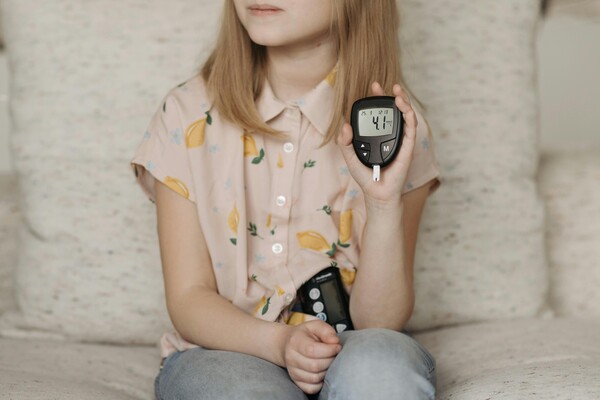Mobile Menu
- Education
- Research
-
Students
- High School Outreach
- Undergraduate & Beyond: Community of Support
- Current Students
- Faculty & Staff
- Alumni
- News & Events
- Giving
- About

Moving to a new country to start a lab is daunting at the best of times — but doing so in the pandemic poses its own challenges, as University of Toronto Professor Rafael Montenegro-Burke found out.
First there was the long-winded road trip to Toronto with his wife and two dogs from their previous home in San Diego, while waiting for a work permit to cross the border.
Montenegro-Burke describes the journey as ‘something out of an apocalypse movie,’ from avoiding contact with strangers to eating drive-thru meals and wiping clean a new hotel room each night.
He finally joined the Donnelly Centre for Cellular and Biomolecular Research and the department of molecular genetics in fall 2020, and built a research program in metabolomics — an emerging field that draws on molecular biology, engineering, computer science and other areas to illuminate metabolites, which are small chemical compounds produced by the body that influence health and disease.
Now, Montenegro-Burke is one of seven scientists in the Temerty Faculty of Medicine who will receive U of T Connaught Awards, which foster excellence in research and innovation through support for new faculty members who are launching their academic careers.
The University allocated $1 million in this year’s competition, supporting 53 recipients in all with up to $20,000 each.
Three researchers from the department of occupational science and occupational therapy will also receive awards: Suryani Hamdani, for work on mental health care experiences of adults with intellectual disabilities, and Emily Ho for her project on determinants of participation in youth with musculoskeletal disabilities. Emily Nalder received funding for development of an online, occupational-based intervention for postsecondary student mental health.
Two researchers from nutritional sciences are also recipients — Jacqueline Beaudry and Vasanti Malik — along with Kristin Musselman from the department of physical therapy.
Montenegro-Burke will use the funding to develop new chemistry approaches for the identification of lipid molecules, scarce metabolites that have been linked to inflammation in the gut and irritable bowel syndrome.
Mapping out metabolites is a mammoth task considering that humans produce an estimated one million distinct chemicals, only a fraction of which have been detected.
“The biggest challenge in metabolomics research is that we know there are many more compounds than we can detect,” says Montenegro-Burke. “And these metabolites are produced only by human cells. That’s not including the metabolites produced by the hundreds of species of bacteria in the gut microbiome, for example.”
The term ‘metabolome’ describes a complete set of lipids, sugars, amino-acids and other small molecules produced in enzymatic reactions. They come in a variety of shapes with the potential to interact with a wide range of cellular components and to regulate essentially all bioprocesses.
Montenegro-Burke and other scientists believe that this vast and untapped chemical diversity holds clues to how the body works when it is healthy and what goes wrong in disease.
The ultimate goal of developing new technology, he says, is to answer biological questions such as: Are the individual blood stem cells metabolically different and how does this affect their ability to give birth to all the different cell types in the blood?
He is collaborating on this project with Stephanie Xie and John Dick’s group at the Princess Margaret Cancer Centre, and with Aaron Wheeler, a professor of chemistry in the Donnelly Centre, with whom he is developing a miniaturized platform based on the microfluidics technology for the analysis of individual stem cells.
He’s also working with Dr. Sheila Singh’s group at McMaster University to identify metabolic differences between healthy brain stem cells and those driving medulloblastoma, a type of brain cancer, that could be exploited to selectively destroy the cancer cells.
In addition to the human metabolome, Montenegro-Burke is working to shed light on the metabolic diversity across the tree of life. He has teamed with groups working with bacteria, yeast, flies, worms and mammalian cells to try to piece a picture of chemical diversity in all these different research models.
By integrating the metabolome data with various other data, including gene and protein expression data, as well as the effects of mutations, it should be possible to untangle what some metabolites do and how they are made.
With so much waiting to be discovered, no wonder he has a multitude of projects on the go. “The complexity of the metabolic machinery is just so big that we cannot even give it a number,” he says. “And that’s exciting, it keeps us busy.”

